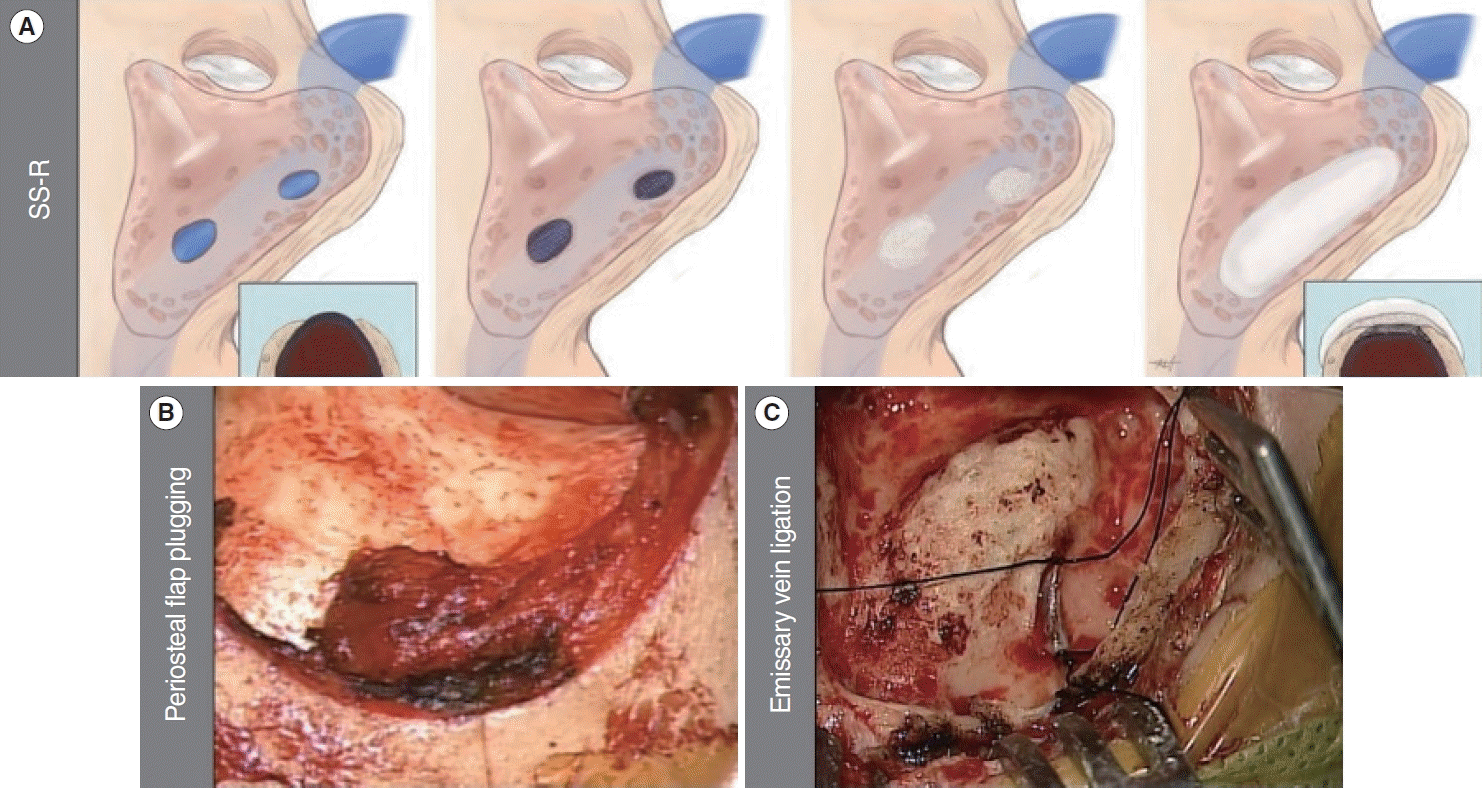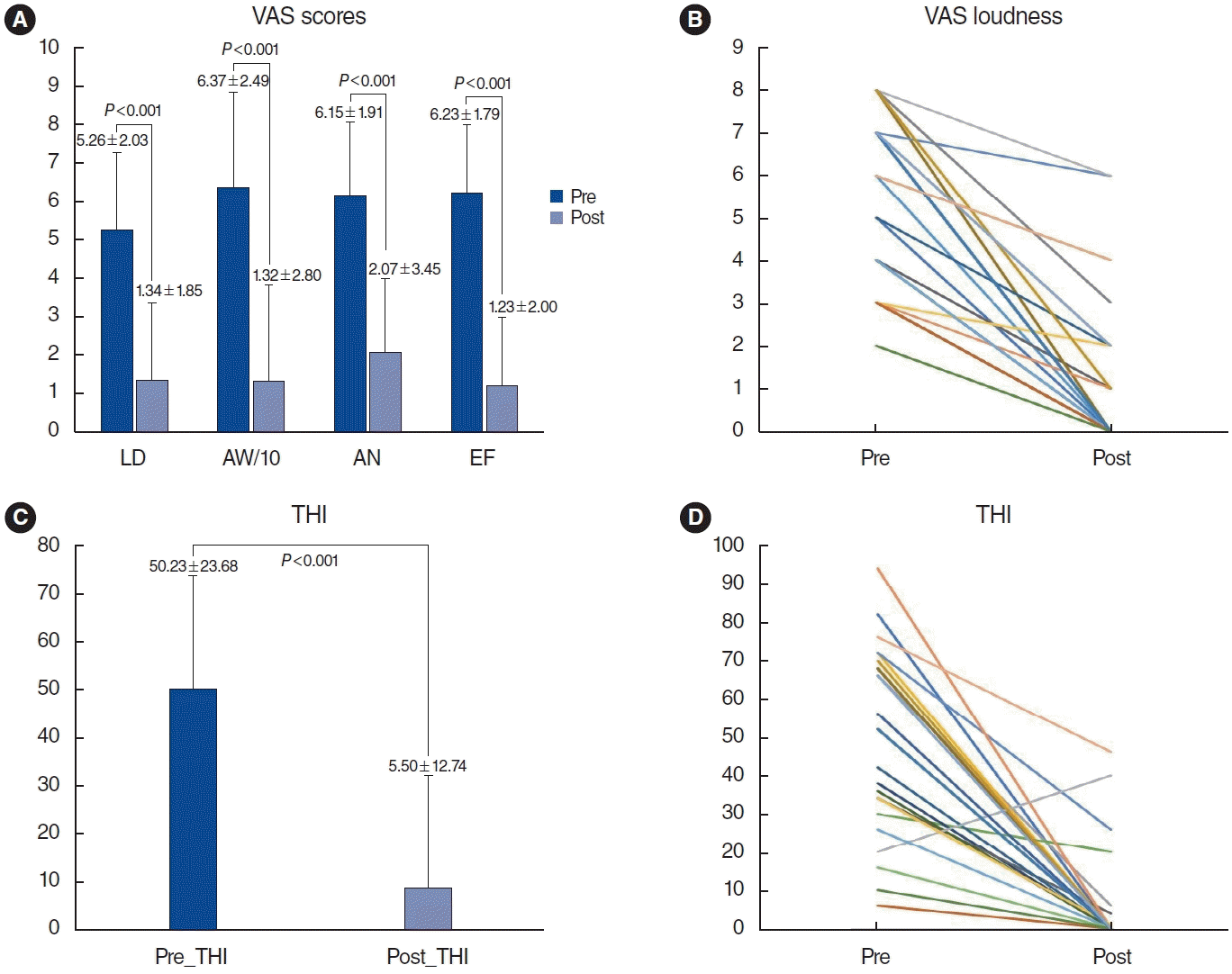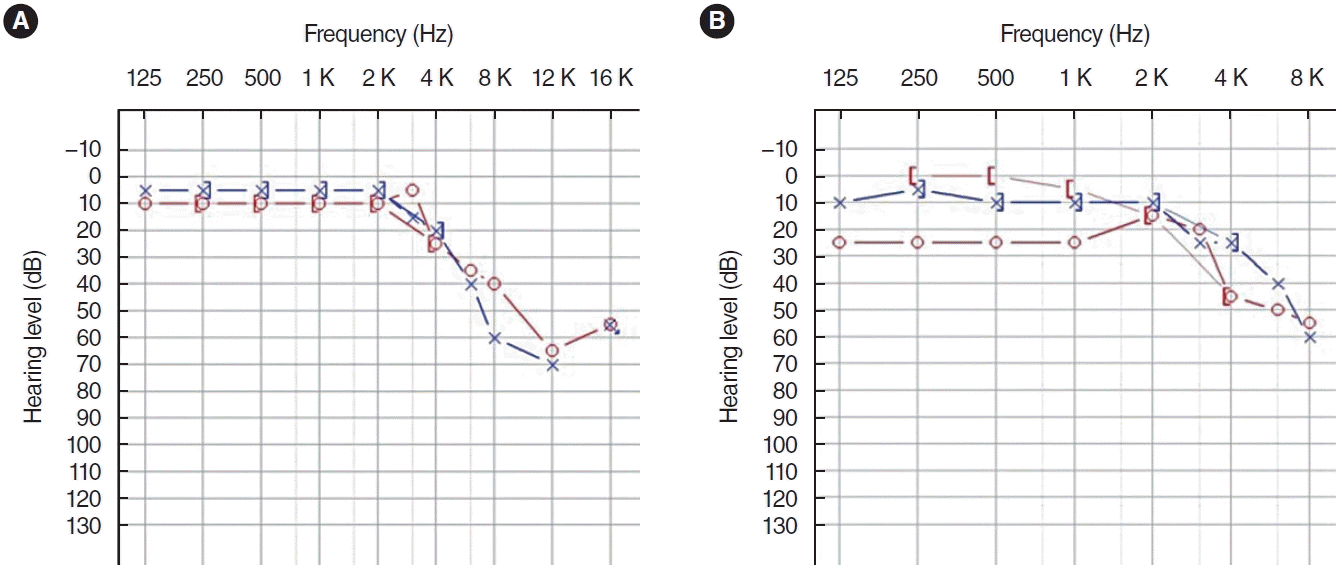1. Liyanage SH, Singh A, Savundra P, Kalan A. Pulsatile tinnitus. J Laryngol Otol. 2006; Feb. 120(2):93–7.
2. Aggarwal R, Lloyd S. Pulsatile tinnitus. Otorhinolaryngology. 2012; 5(1):7–14.
3. Kim CS, Kim SY, Choi H, Koo JW, Yoo SY, An GS, et al. Transmastoid reshaping of the sigmoid sinus: preliminary study of a novel surgical method to quiet pulsatile tinnitus of an unrecognized vascular origin. J Neurosurg. 2016; Aug. 125(2):441–9.
4. An YH, Han S, Lee M, Rhee J, Kwon OK, Hwang G, et al. Dural arteriovenous fistula masquerading as pulsatile tinnitus: radiologic assessment and clinical implications. Sci Rep. 2016; Nov. 6:36601.
5. Sanchez TG, Murao M, de Medeiros IR, Kii M, Bento RF, Caldas JG, et al. A new therapeutic procedure for treatment of objective venous pulsatile tinnitus. Int Tinnitus J. 2002; 8(1):54–7.
6. Kao E, Kefayati S, Amans MR, Faraji F, Ballweber M, Halbach V, et al. Flow patterns in the jugular veins of pulsatile tinnitus patients. J Biomech. 2017; Feb. 52:61–7.
7. Eisenman DJ. Sinus wall reconstruction for sigmoid sinus diverticulum and dehiscence: a standardized surgical procedure for a range of radiographic findings. Otol Neurotol. 2011; Sep. 32(7):1116–9.
8. Mattox DE, Hudgins P. Algorithm for evaluation of pulsatile tinnitus. Acta Otolaryngol. 2008; Apr. 128(4):427–31.
9. Friedmann DR, Le BT, Pramanik BK, Lalwani AK. Clinical spectrum of patients with erosion of the inner ear by jugular bulb abnormalities. Laryngoscope. 2010; Feb. 120(2):365–72.
10. Wang JR, Parnes LS. Superior semicircular canal dehiscence associated with external, middle, and inner ear abnormalities. Laryngoscope. 2010; Feb. 120(2):390–3.
11. Zeng R, Wang GP, Liu ZH, Liang XH, Zhao PF, Wang ZC, et al. Sigmoid sinus wall reconstruction for pulsatile tinnitus caused by sigmoid sinus wall dehiscence: a single-center experience. PLoS One. 2016; Oct. 11(10):e0164728.
12. Grewal AK, Kim HY, Comstock RH, Berkowitz F, Kim HJ, Jay AK. Clinical presentation and imaging findings in patients with pulsatile tinnitus and sigmoid sinus diverticulum/dehiscence. Otol Neurotol. 2014; Jan. 35(1):16–21.
13. Park SN, Han JS, Park JM, Jin HJ, Joo HA, Park JT, et al. A novel water occlusion test for disorders causing pulsatile tinnitus: our experience in 32 patients. Clin Otolaryngol. 2020; Mar. 45(2):280–5.
14. Sunwoo W, Jeon YJ, Bae YJ, Jang JH, Koo JW, Song JJ. Typewriter tinnitus revisited: the typical symptoms and the initial response to carbamazepine are the most reliable diagnostic clues. Sci Rep. 2017; Sep. 7(1):10615.
15. Jeon HW, Kim SY, Choi BS, Bae YJ, Koo JW, Song JJ. Pseudo-low frequency hearing loss and its improvement after treatment may be objective signs of significant vascular pathology in patients with pulsatile tinnitus. Otol Neurotol. 2016; Oct. 37(9):1344–9.
16. Chua CA, Han JS, Kim Y, Seo JH, Park SN. Silencing pulsatile tinnitus: a novel technique of periosteal flap obliteration for sigmoid sinus diverticulum variants. Otol Neurotol. 2023; Mar. 44(3):246–51.
17. San Millan Ruiz D, Gailloud P, Rufenacht DA, Delavelle J, Henry F, Fasel JH. The craniocervical venous system in relation to cerebral venous drainage. AJNR Am J Neuroradiol. 2002; Oct. 23(9):1500–8.
18. Louis RG, Loukas M, Wartmann CT, Tubbs RS, Apaydin N, Gupta AA, et al. Clinical anatomy of the mastoid and occipital emissary veins in a large series. Surg Radiol Anat. 2009; Feb. 31(2):139–44.
19. Kim LK, Ahn CS, Fernandes AE. Mastoid emissary vein: anatomy and clinical relevance in plastic & reconstructive surgery. J Plast Reconstr Aesthet Surg. 2014; Jun. 67(6):775–80.
20. Forte V, Turner A, Liu P. Objective tinnitus associated with abnormal mastoid emissary vein. J Otolaryngol. 1989; Aug. 18(5):232–5.
21. Lee SY, Kim MK, Bae YJ, An GS, Lee K, Choi BY, et al. Longitudinal analysis of surgical outcome in subjects with pulsatile tinnitus orignating from the sigmoid sinus. Sci Rep. 2020; Oct. 10(1):18194.







 PDF
PDF Citation
Citation Print
Print




 XML Download
XML Download